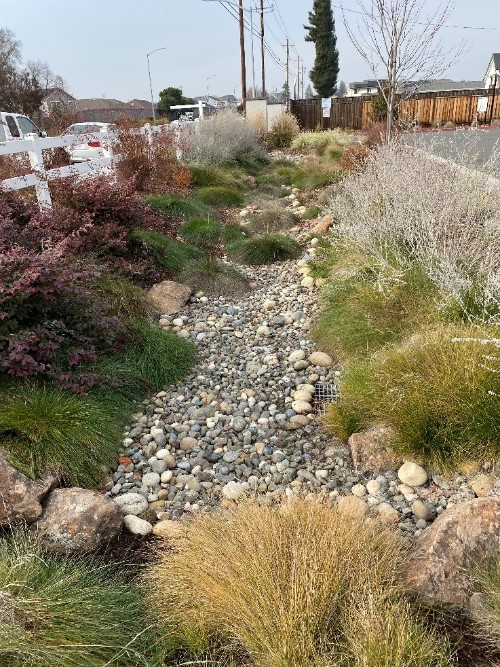Gardening for the Good Bugs
Supporting beneficial insects is one of the best ways to effectively reduce the number of pests in your garden. I for one get pretty excited when I begin to see the aphids arrive each spring, because this means that the beneficials are on their way too. Here are 3 of the most common good bugs we will find out in the garden.
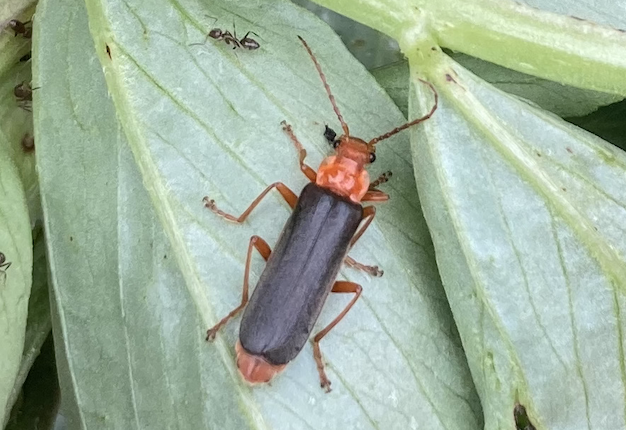 Soldier Beetles – The first to appear is the solder beetle. Soldier beetles are about ½” long, are commonly reddish orange with dark brown or black wings and are related to the firefly but lack the light producing organ. They enjoy flower nectar and pollen as well as eating soft-bodied insects, such as aphids and small caterpillars. Not only are Soldier beetle great predators, but they also help pollinate garden flowers as they travel among them. Large populations of Soldier Beetles are commonly seen cruising throughout plum trees in the early spring, since the new flush of spring growth on the plum trees are often favored by aphids. Unfortunately, the Soldier Beetles are often misidentified then targeted as the pest and eliminated by insecticides.
Soldier Beetles – The first to appear is the solder beetle. Soldier beetles are about ½” long, are commonly reddish orange with dark brown or black wings and are related to the firefly but lack the light producing organ. They enjoy flower nectar and pollen as well as eating soft-bodied insects, such as aphids and small caterpillars. Not only are Soldier beetle great predators, but they also help pollinate garden flowers as they travel among them. Large populations of Soldier Beetles are commonly seen cruising throughout plum trees in the early spring, since the new flush of spring growth on the plum trees are often favored by aphids. Unfortunately, the Soldier Beetles are often misidentified then targeted as the pest and eliminated by insecticides.
Though Soldier Beetles are quite noticeable, their larvae are rarely seen. The larvae look like a worm-like, tiny alligator and are usually dark in color, about ¾” in length. While the adult beetle eats the pest insects above ground, their larva lives in the soil, feeding on the eggs and larvae of beetles, moths, and other common garden pests.
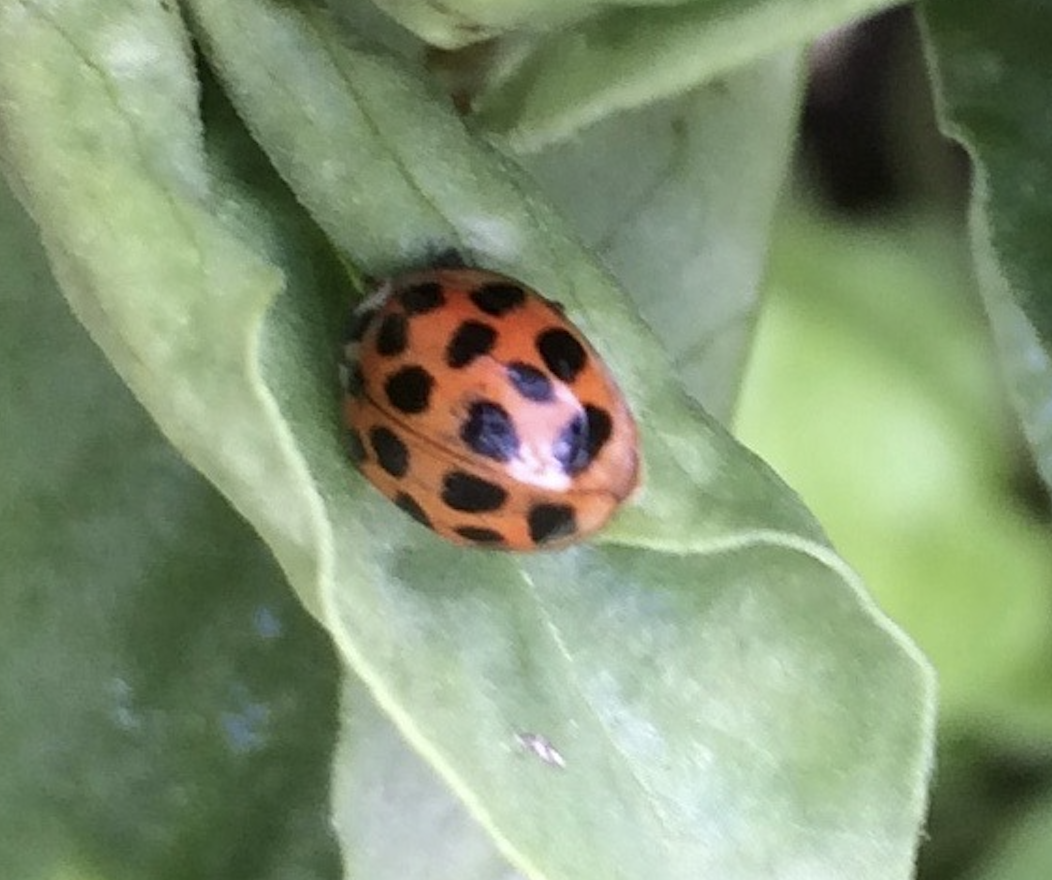 Ladybug Beetles – It is always a treat to see the first Ladybug Beetles of the season. They are the star of the beneficial insects. Ladybugs are known to consume a wide variety of garden pests, such as aphids, asparagus beetle larvae, whitefly nymphs, mealybugs, and spider mites, eating upwards of 5000 during their lifespan. There are about 11 species of ladybugs that live in California, over 450 species throughout North America and vairy in color from red, orange, or grey with black spots, and black with two red spots just to list a few.
Ladybug Beetles – It is always a treat to see the first Ladybug Beetles of the season. They are the star of the beneficial insects. Ladybugs are known to consume a wide variety of garden pests, such as aphids, asparagus beetle larvae, whitefly nymphs, mealybugs, and spider mites, eating upwards of 5000 during their lifespan. There are about 11 species of ladybugs that live in California, over 450 species throughout North America and vairy in color from red, orange, or grey with black spots, and black with two red spots just to list a few.
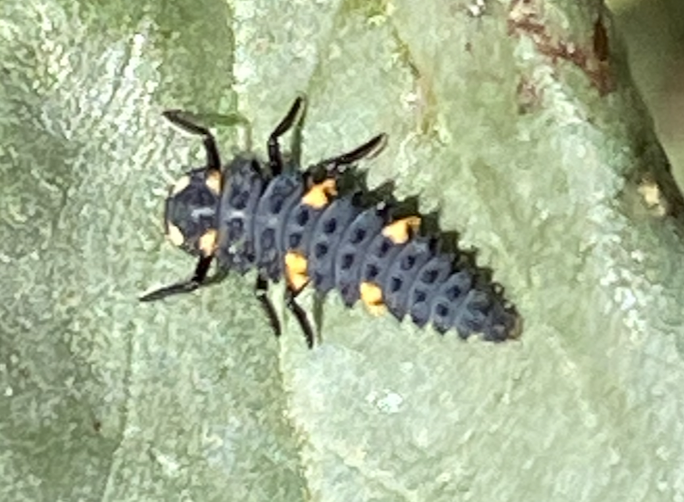 The ladybug larvae look like a tiny alligator, vary in color as the adult do, will feed on aphids and other soft-bodied pests, consuming hundreds during its 2–4-week larval stage before pupating, emerging a few days later as the adult ladybug beetle. Unlike the adult, the ladybug larvae are not as well-known and often targeted as the pest.
The ladybug larvae look like a tiny alligator, vary in color as the adult do, will feed on aphids and other soft-bodied pests, consuming hundreds during its 2–4-week larval stage before pupating, emerging a few days later as the adult ladybug beetle. Unlike the adult, the ladybug larvae are not as well-known and often targeted as the pest.
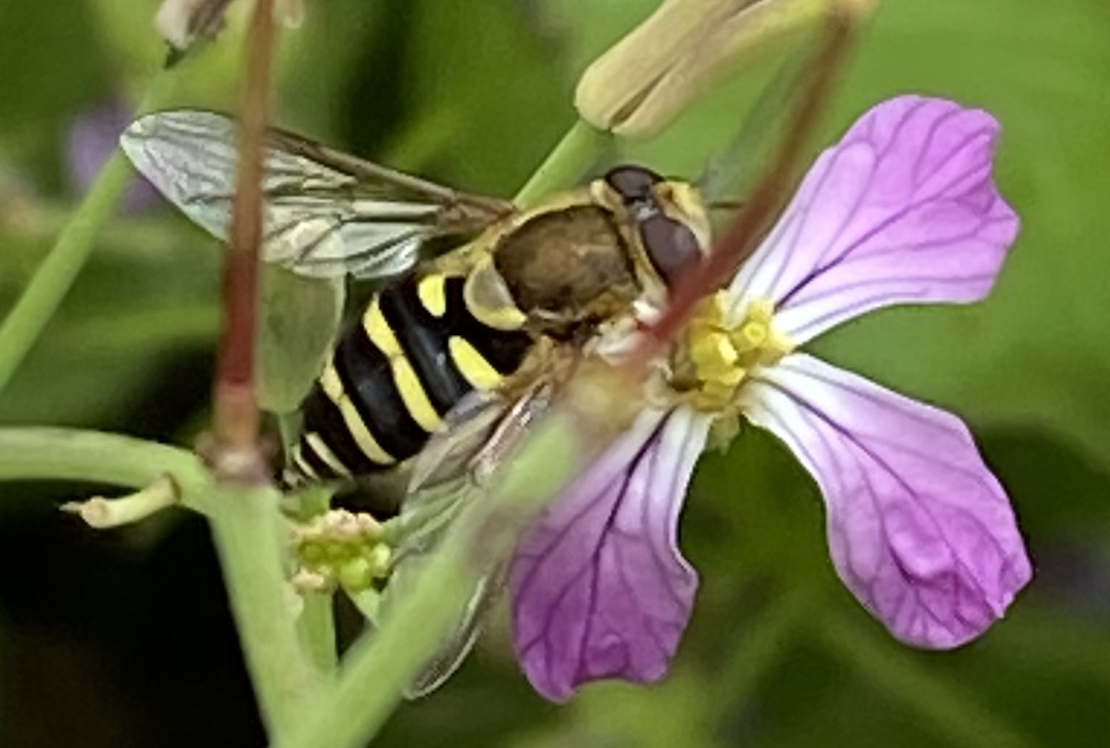 Syrphid Fly – Though it’s hard to pick a favorite, if I had to, the Syrphid Fly would be my pick. Also known as Hover Fly or Flower Fly, these garden allies are not a bee or a wasp though they have stripes. They do not sting or bite, nor will they swarm. As their common name suggests, they ‘hover’ above flowers. They enjoy the nectar and pollen making them an important pollinator. They’re rather small, ranging from 1/8” to ¾” depending on the species.
Syrphid Fly – Though it’s hard to pick a favorite, if I had to, the Syrphid Fly would be my pick. Also known as Hover Fly or Flower Fly, these garden allies are not a bee or a wasp though they have stripes. They do not sting or bite, nor will they swarm. As their common name suggests, they ‘hover’ above flowers. They enjoy the nectar and pollen making them an important pollinator. They’re rather small, ranging from 1/8” to ¾” depending on the species.
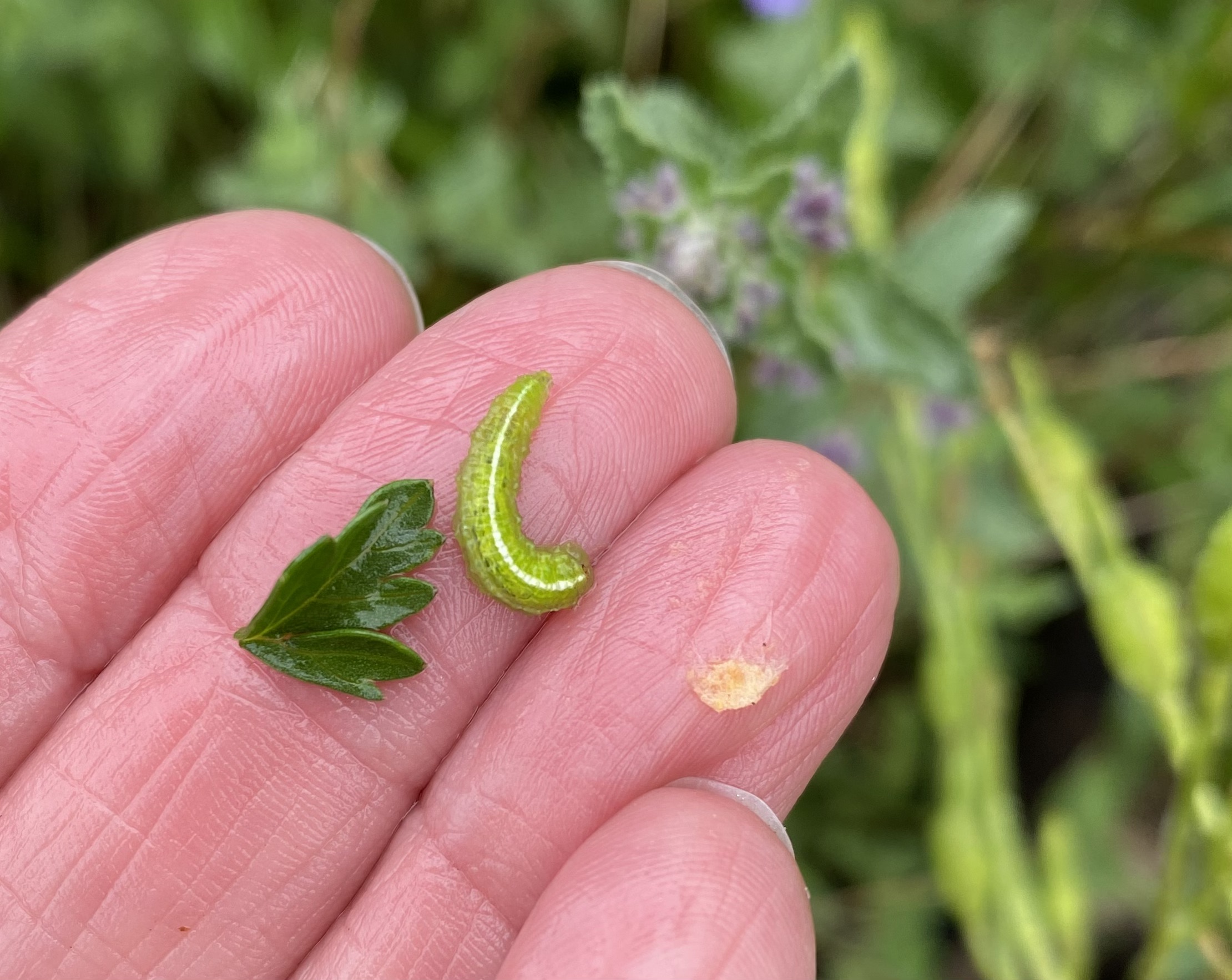 Syrphid fly larvae are legless and worm-like shaped, will vary in color from pale green to khaki-tan, all with a distinct stripe down it’s back. Larvae will vary in length from 1/32” to ½” depending on their species and developmental stage. These larvae provide a tremendous service eating hundreds of pest insects as they prey on aphids, scale insects, thrips, spider mites, and mealybugs during their 2-4 weeks before pupating.
Syrphid fly larvae are legless and worm-like shaped, will vary in color from pale green to khaki-tan, all with a distinct stripe down it’s back. Larvae will vary in length from 1/32” to ½” depending on their species and developmental stage. These larvae provide a tremendous service eating hundreds of pest insects as they prey on aphids, scale insects, thrips, spider mites, and mealybugs during their 2-4 weeks before pupating.
Tips for attracting beneficials and keeping them around
Provide healthy garden practices by maintaining your garden in natural ways to ensure the soil, air and water stays healthy, clean, and free from poisons. Choose flowering plants that are regionally appropriate, favoring CA natives. Plant a variety of plant species that have flowers that grow in clusters of tiny flowers, like yarrow and ceanothus, or flowers that look like a daisy, like asters, sunflowers, and zinnias. Let culinary herbs, like cilantro, parsley and dill go to flower, which are favored among many of our garden friends. Reduce and avoid pesticide usage. Even ‘Organic Pesticides’ will impact the beneficials. Keep in mind that some pests, like aphids, are seasonal and to be expected. Pests are food for the beneficials which keep a healthy balance. Keep in mind that an infestation of a pest can be a clue that something is not working or that the plant is stressed. You will then need to address the cause.
For more information about beneficial insects, check out these brochures:
- 10 Most Wanted Beneficial Bugs
- Healthy Gardens Fact sheet
- UC IPM Quick Tip for Beneficial Predators
Learn how to dispose of your unwanted pesticides here:
- Sonoma County
https://zerowastesonoma.gov/recycle-dispose/residents/household-hazardous-waste-facility?locale=en - Mendocino County Hazardous Waste Facility is currently open on Wednesdays from 9am-1pm. Days of operation will expand in the near future. If anyone wants additional information they can call our office at 707-234-6400 or visit https://mendorecycle.org/HazardousWaste/HHWDropoffFacilities
This article was authored by Suzanne Bontempo, Plant Harmony, on behalf of RRWA. RRWA is an association of local public agencies in the Russian River Watershed that have come together to coordinate regional programs for clean water, habitat restoration, and watershed enhancement.




